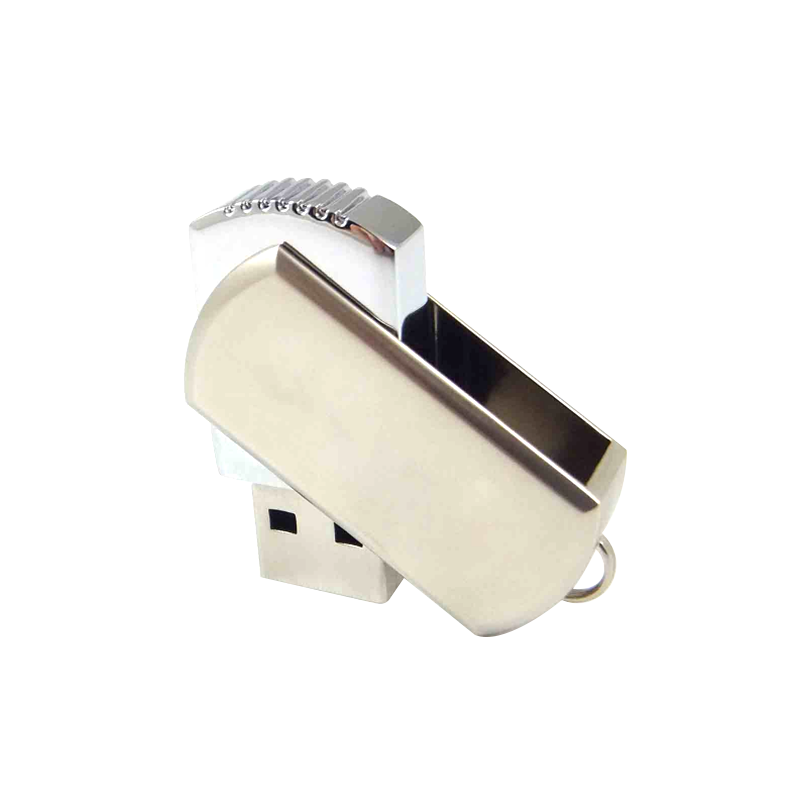The Role of Supply Chain Management
For USB Flash Drive 3.0 suppliers, one of the important challenges is maintaining consistent product quality across every unit and production batch. Achieving this requires strong supply chain management, which begins with sourcing reliable and standardized components. These include high-grade NAND flash memory and stable controller chips, both of which play essential roles in performance and longevity. By working only with reputable component manufacturers, USB Flash Drive 3.0 suppliers reduce the variability that could result from inconsistent or counterfeit parts. Long-term contracts and close supplier relationships also allow for better control of material quality and traceability.

Standardized Manufacturing Processes
Consistency in production is made possible by implementing strict and standardized manufacturing protocols. USB Flash Drive 3.0 suppliers often rely on automated production lines that reduce human error, with precision soldering, robotic assembly, and automated inspections. These processes ensure that every drive, regardless of when it is made, meets the same physical and electrical standards. Adherence to ISO-certified quality management systems, such as ISO 9001, is common among guiding USB Flash Drive 3.0 suppliers, as these frameworks demand documentation, routine audits, and corrective actions when discrepancies arise.
In-Depth Quality Control and Testing Procedures
USB Flash Drive 3.0 suppliers use a variety of tests to verify that each flash drive operates within specification. These include electrical testing for read and write speeds, temperature testing for thermal stability, and durability assessments. Many suppliers use random sampling during batch testing, as well as all inspection for high-end or critical applications. Drives that do not meet benchmarks are rejected or reworked before leaving the factory. Consistent test results across batches serve as a strong indicator of a supplier’s ability to maintain product uniformity.
Firmware Standardization and Version Control
Firmware is another key factor in quality consistency. USB Flash Drive 3.0 suppliers ensure that each drive is loaded with a tested, stable firmware version. Centralized version control systems prevent inconsistencies due to firmware mismatches. When updates are required, suppliers roll them out in a controlled, phased manner to prevent unintended bugs or instability. This uniform firmware approach ensures that devices from different batches behave identically under similar conditions.
Employee Training and Quality Awareness
Even with automation, human oversight is essential. USB Flash Drive 3.0 suppliers invest in training programs for their production and quality control staff, ensuring they understand not only how to perform their tasks but why consistency matters. Regular workshops, clear documentation, and performance-based incentives help maintain a culture of quality on the production floor. Well-trained workers are more likely to detect and respond to potential quality issues before they reach customers.
Feedback Loops and Continuous Improvement
Quality consistency is not a one-time achievement but an ongoing effort. USB Flash Drive 3.0 suppliers often set up feedback loops that collect data from field performance, customer returns, and technical support cases. This information is analyzed to identify trends, detect early signs of defects, and refine future batches. By acting on real-world usage data, suppliers can make small adjustments that prevent larger quality issues from arising.
Conclusion
Maintaining product quality consistency is a complex, multilayered process that involves supply chain control, standardized production, detailed testing, firmware stability, employee training, and continuous feedback. USB Flash Drive 3.0 suppliers that prioritize these elements are better equipped to deliver devices that customers can trust, time after time, batch after batch. Through this disciplined approach, consistency becomes not just a goal but a fundamental part of the brand’s promise.
 EN
EN CN
CN ES
ES RU
RU







